Jupiter, the largest planet in our solar system, is a captivating world with its colossal size, mesmerizing atmosphere, and numerous moons. Known as the “King of Planets,” Jupiter holds many secrets that continue to fascinate astronomers and scientists alike.
In this comprehensive article, we embark on a grand journey to explore the wonders of Jupiter, unraveling its unique characteristics, turbulent weather systems, captivating moons, and the ongoing scientific missions that aim to deepen our understanding of this magnificent gas giant.
Table of Contents
Planet Jupiter quick facts
- Planet type: Gas Giant
- Age: 4.6 billion years (and counting)
- Length of year: 4,333 earth days
- One way light time to the Sun: 41.235746 minutes
- Rotation time on its axis: 10 hours
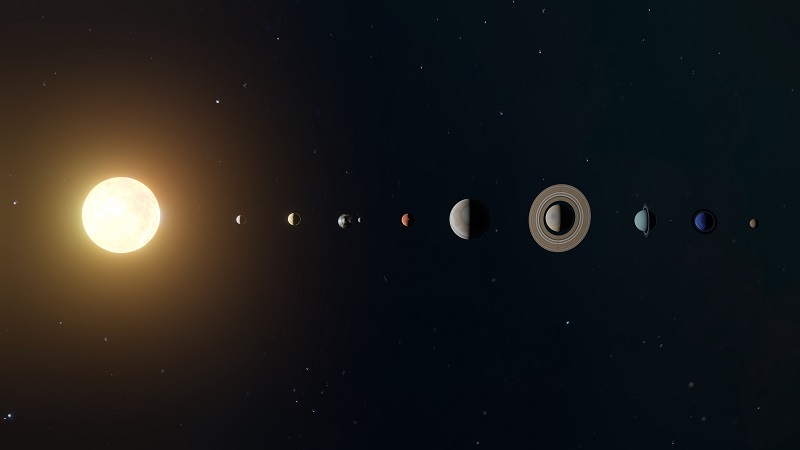
Jupiter’s Composition and Physical Characteristics
We begin by delving into Jupiter’s composition, which consists predominantly of hydrogen and helium. Its massive size is over 11 times the diameter of Earth, and it has immense gravitational pull. Jupiter’s distinct bands of clouds, including the iconic Great Red Spot, adorn its atmosphere, giving it a mesmerizing appearance. Examining Jupiter’s internal structure, it features a dense core surrounded by layers of metallic hydrogen and gaseous atmosphere.
Turbulent Atmosphere and Weather Systems
Jupiter’s atmosphere is a chaotic realm of storms, powerful winds, and mesmerizing cloud formations. The planet’s famous Great Red Spot is a colossal storm that has raged for centuries. Additionally, other prominent atmospheric features are present, such as the cloud bands, cyclones, and anticyclones. The intense weather systems on Jupiter provide insights into the dynamics of gas giants and the study of atmospheric physics.
Moons of Jupiter
Jupiter hosts a diverse family of moons, each with its unique characteristics and mysteries. Surrounding Jupiter are the four largest Galilean moons—Io, Europa, Ganymede, and Callisto—and their geological features include volcanic activity, icy surfaces, and subsurface oceans. Next to these large moons are many smaller moons that orbit Jupiter. One fascinating moon that stands out is Europa, which holds potential for harboring extraterrestrial life. The exploration of Jupiter’s moons provides valuable insights into the evolution of the Jovian system and the possibilities for habitability beyond Earth.
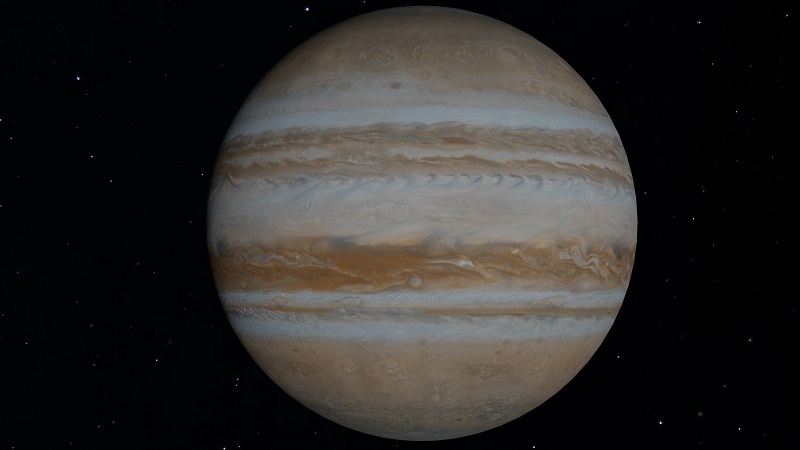
Jupiter’s Magnetosphere and Auroras
Jupiter possesses a powerful magnetic field that creates a vast magnetosphere extending far into space. The interactions between Jupiter’s magnetic field and the solar wind result in the formation of spectacular auroras at the planet’s poles. The study of Jupiter’s magnetosphere provides valuable information on the dynamics of magnetic fields and the processes occurring in the space environment around gas giants.
Exploration of Jupiter: Past and Present Missions
Humanity’s fascination with Jupiter has led to several missions aimed at exploring this giant planet and its moons. The early flybys conducted by the Pioneer and Voyager missions provided the first close-up images and data of Jupiter. The Galileo mission, launched in 1989, offered an in-depth study of the Jovian system, including multiple flybys of Jupiter and detailed investigations of its moons. Furthermore, the ongoing Juno mission, which has been orbiting Jupiter since 2016 continues to provide valuable insights into the planet’s atmosphere, magnetic field, and internal structure.
Jupiter’s Role in the Solar System and Beyond
Jupiter’s colossal presence has a significant impact on the dynamics of the solar system. Its role in shaping the orbits of other planets and asteroids, as well as its potential role in shielding the inner solar system from comet impacts is of great importance. Studying Jupiter’s characteristics and processes in the broader context of exoplanetary research offers valuable insights into the diversity of planetary systems beyond our own.
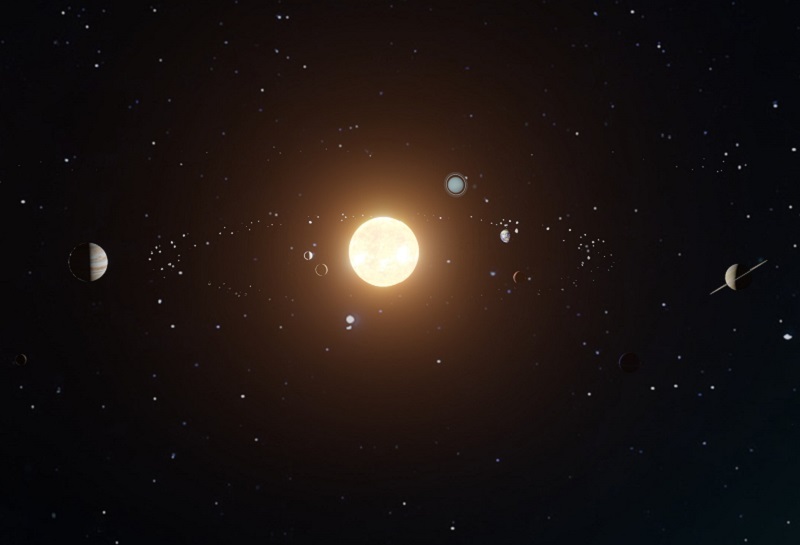
Conclusion
Jupiter, the magnificent gas giant, continues to astound us with its vast size, turbulent atmosphere, and captivating moons. Through ongoing exploration and scientific missions, we are unraveling the mysteries of this giant planet, deepening our understanding of its composition, weather systems, and the potential for life on its moons. Jupiter’s grandeur reminds us of the diversity and wonders of our solar system, offering a glimpse into the awe-inspiring complexities of the universe.
Read more posts on Science.
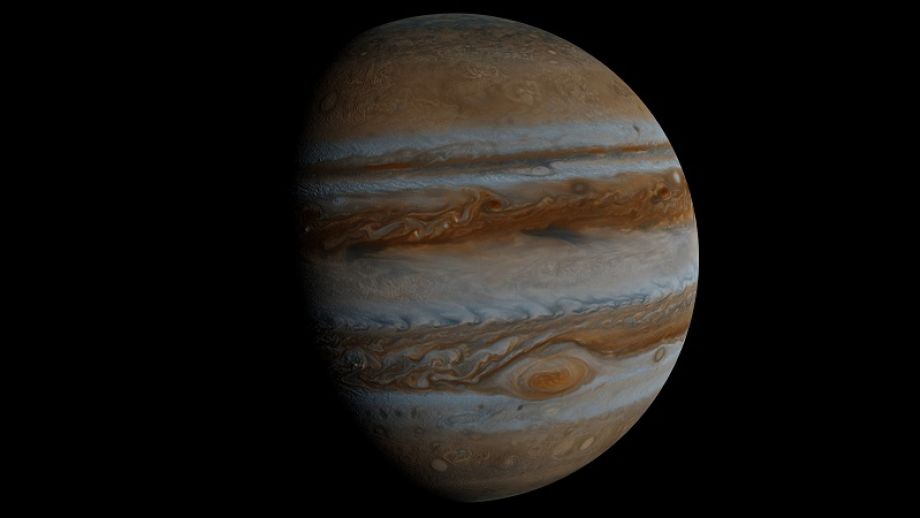
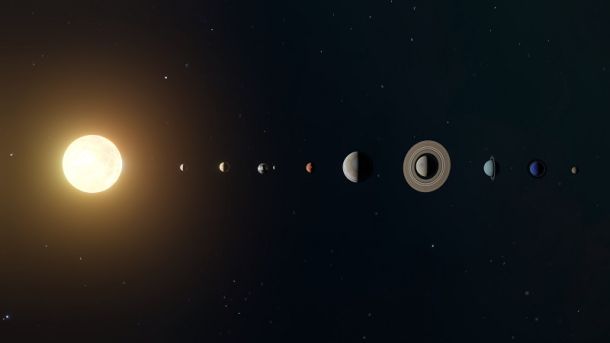
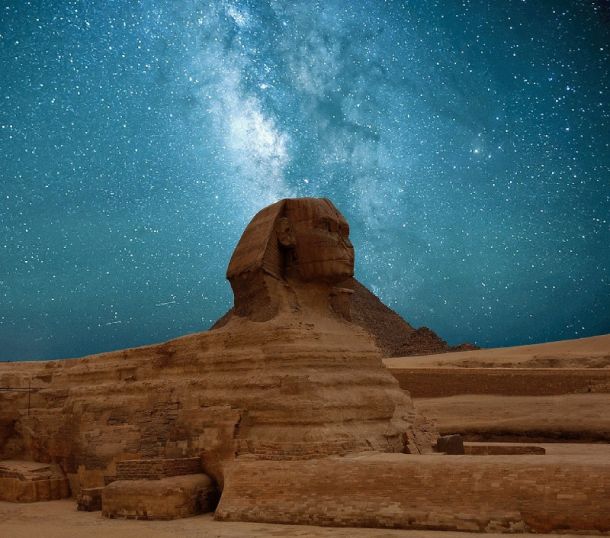
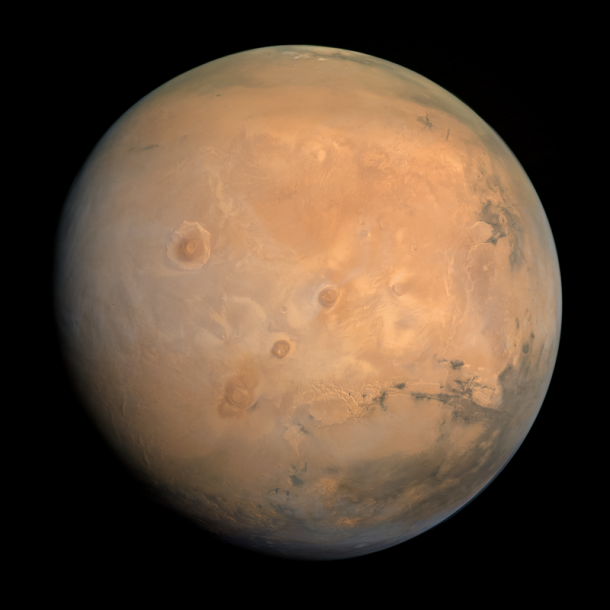

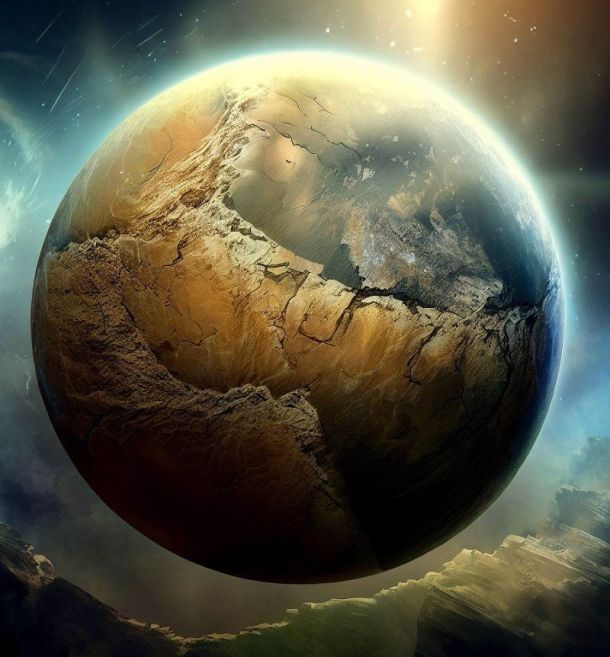











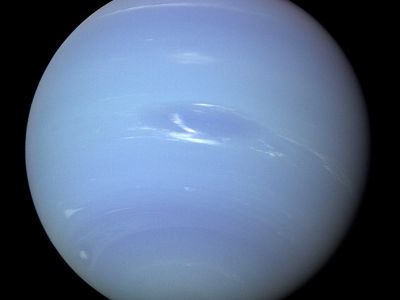
Leave a Reply